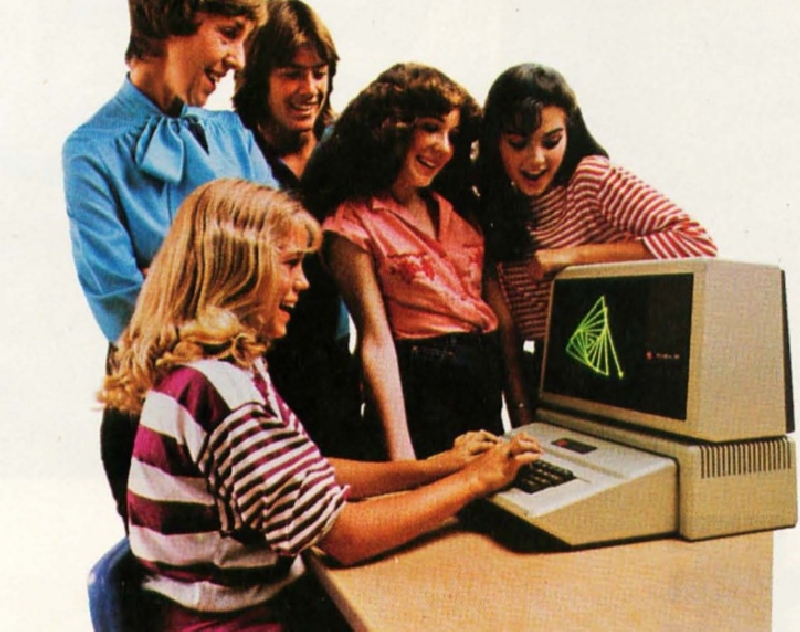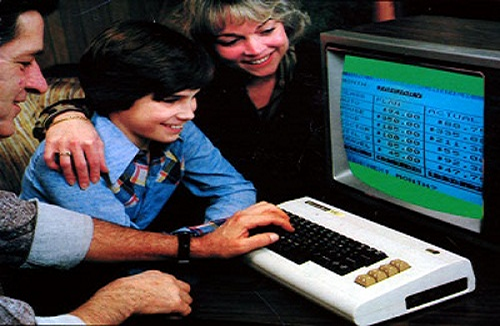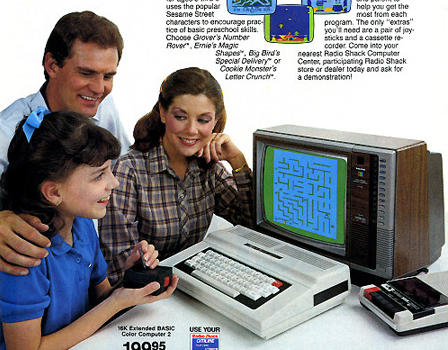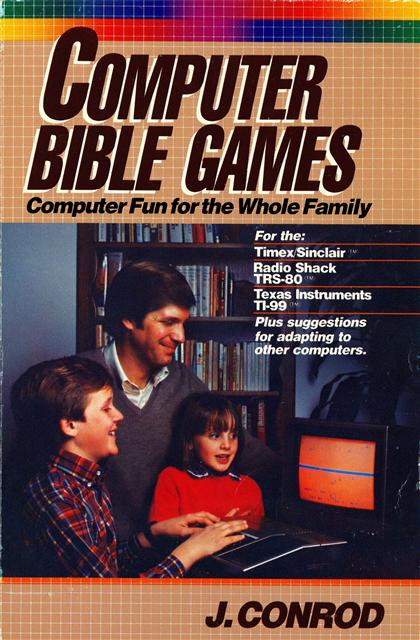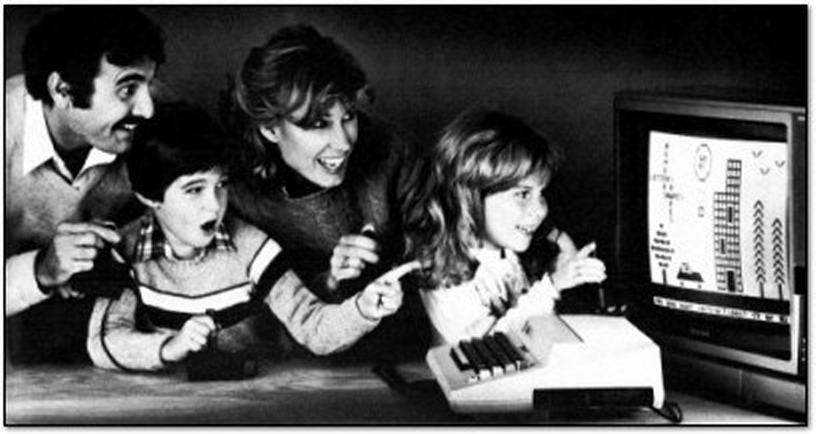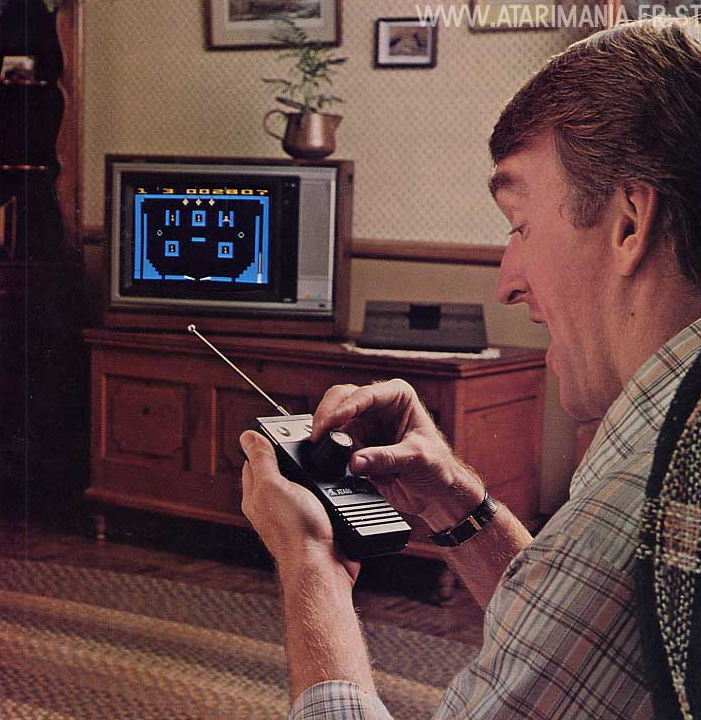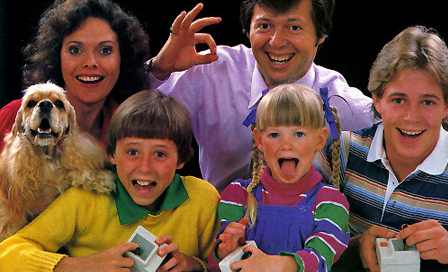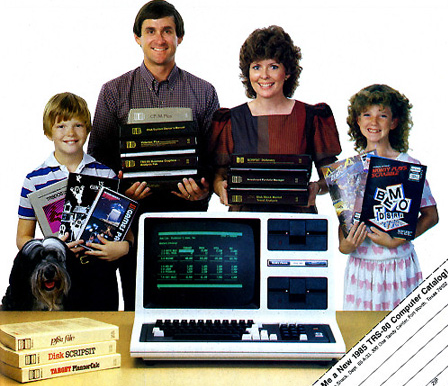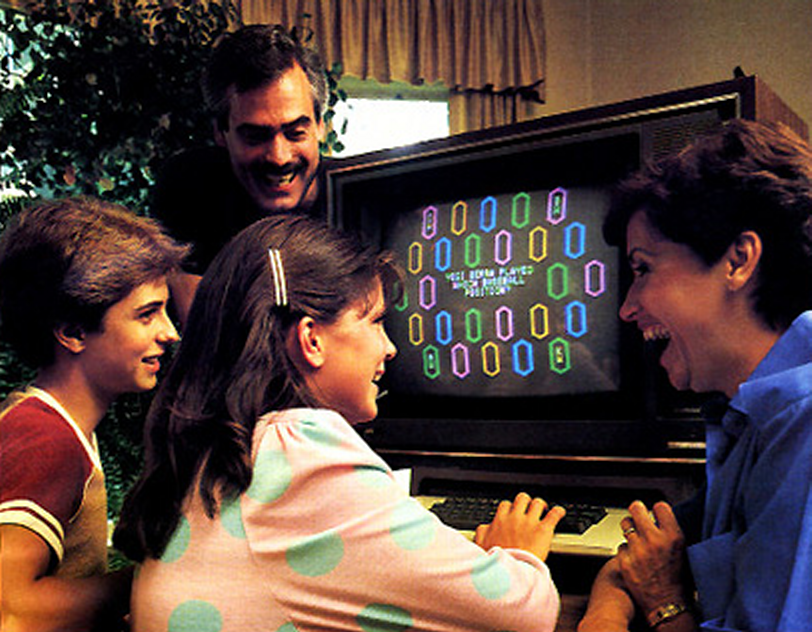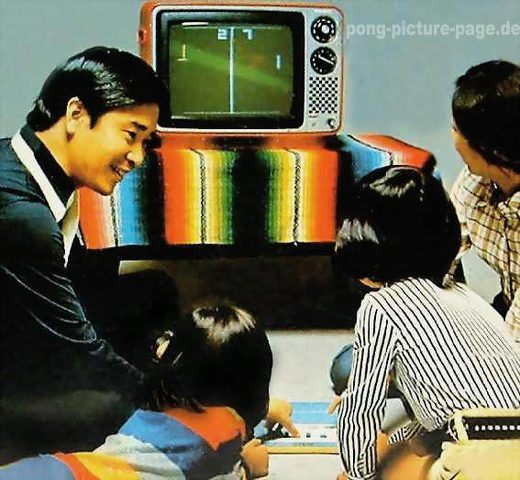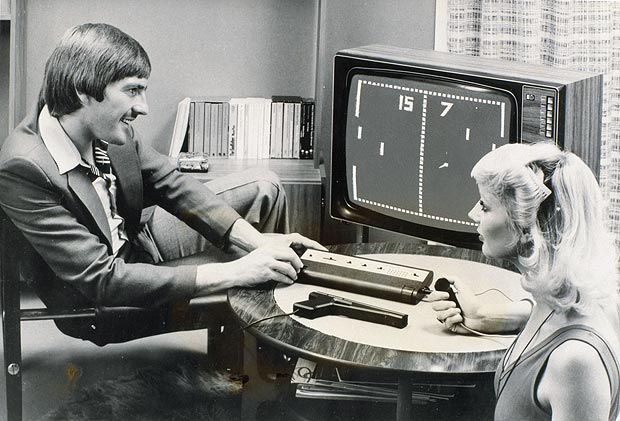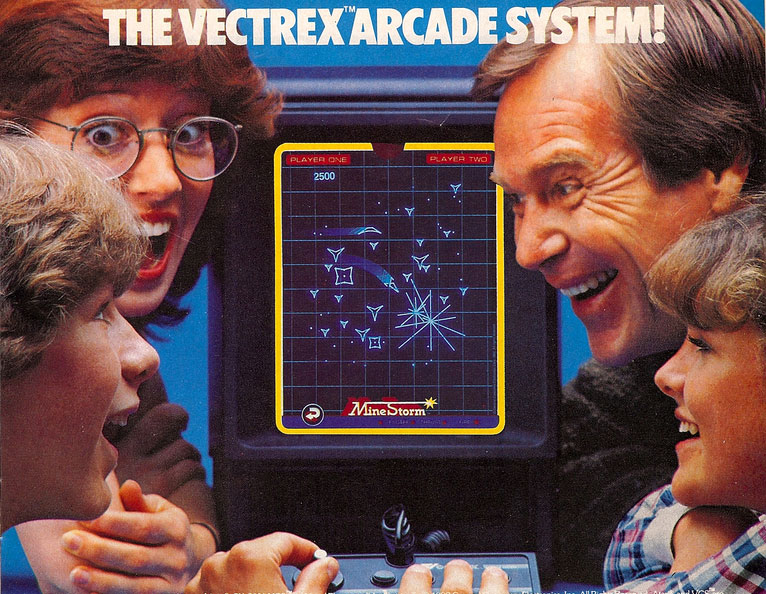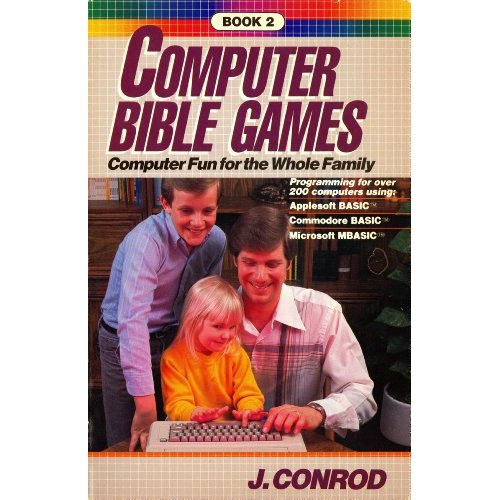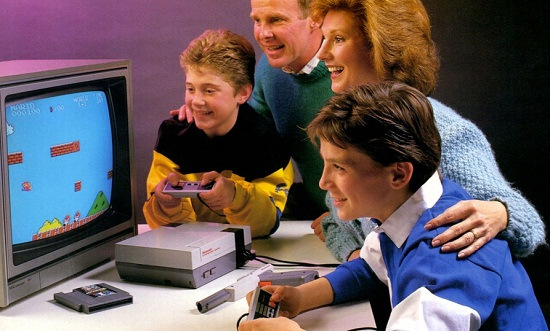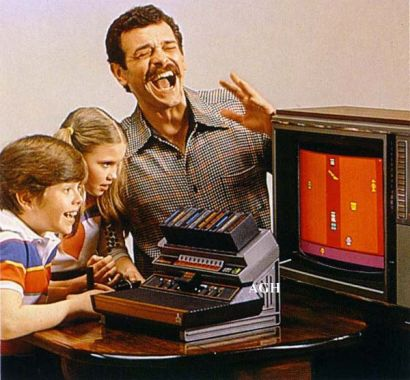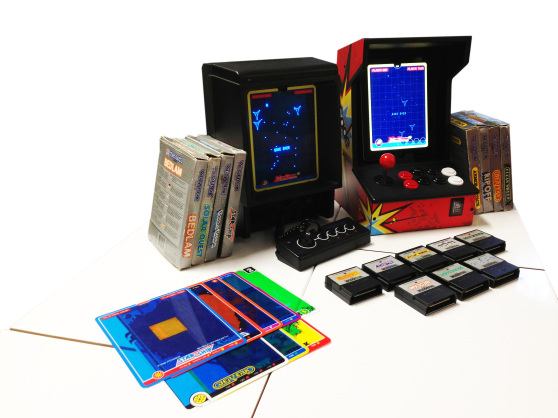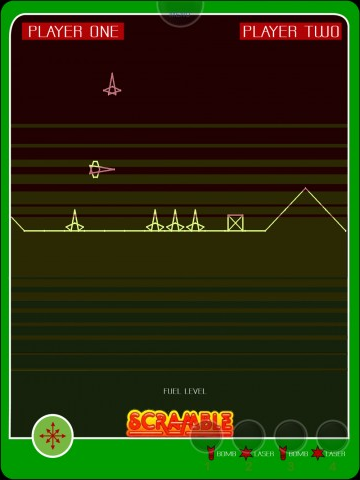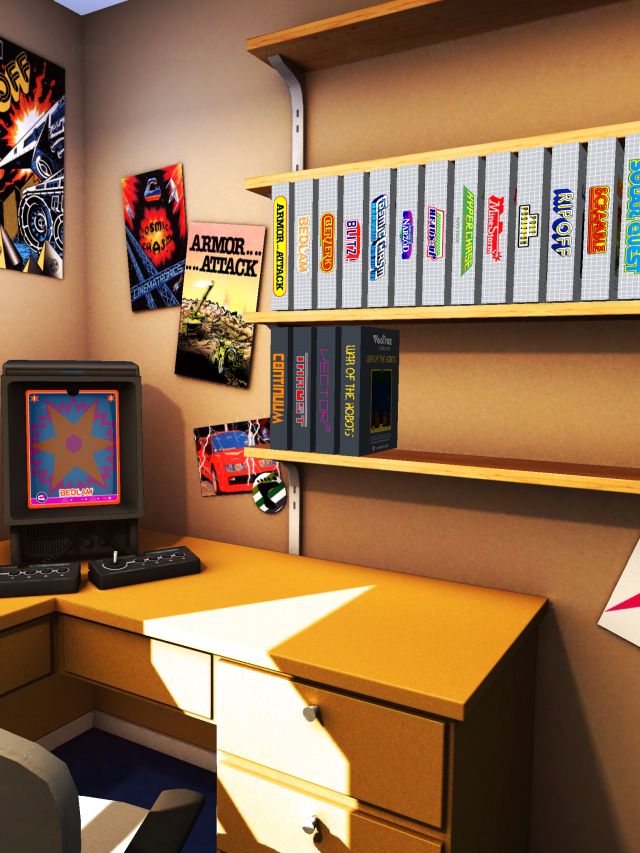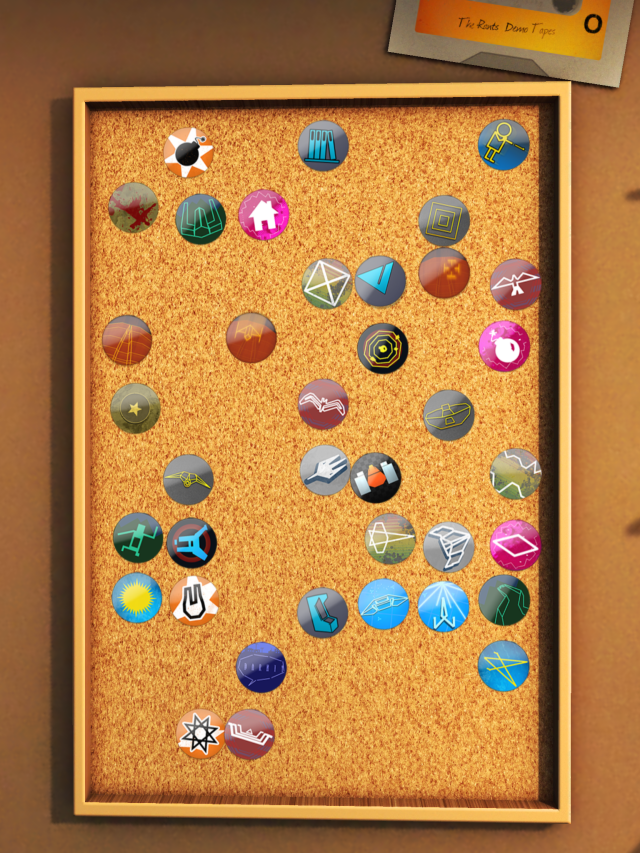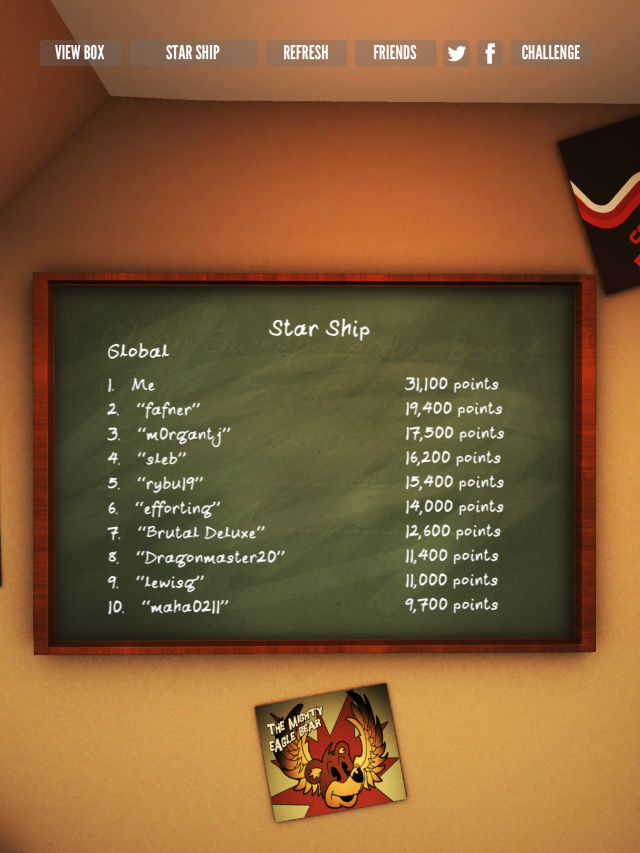For the last month the Internet has been reverberating with the massed moaning of a nearly infinite galaxy of procedurally-generated nerds all with their knickers in a bollock-binding twist over the fact that the long-anticipated No Man’s Sky turned out to be, in the end, not what they had anticipated at all. Anyone expecting to find a galaxy teeming with intelligent life and full of lots of missions and side quests, anyone thinking that they might be able to explore said universe in the company of their mates online, would be disappointed. It all got a bit nasty and personal with the devs being accused of lying and deliberately misleading people. A long laundry list of stuff that was supposedly promised but not delivered was posted and debated. I don’t need to elaborate, I am sure everyone’s seen it by now and got fully fed up with it to boot.
On the surface of it you could look at the game and argue that the whiners are right. Such plot as is present is stretched exceedingly thin. After the first few hours you will have experienced most of the core gameplay loops and perhaps be wanting for something a bit deeper. It’s evident in various places throughout the game that things that were intended to be in there have been taken out or switched off. You can find “stargates” on some planets but they are deactivated. Observatories – which usually study the stars – refer to locating signals “deep in the cosmos” but inevitably only yield locations on the planet you happen to be on. You have a “reputation” with each of the three alien races which can be improved by doing certain things but it doesn’t seem to have much bearing on anything. Space battles are more of an occasional inconvenience than particularly epic. From some aspects the game is flawed and somewhat incomplete. Planets aren’t rendered photorealistically. There’s not enough variation. I could go on and on but you get the idea.
Despite all that though it’s probably been the game I’ve played the most since Skyrim. Every single night I usually end up with an hour or two of NMS before I go to bed. I think that what’s keeping me there playing is that when I’m playing it I’m seeing and enjoying the stuff that they got right, the things that weren’t omitted, enough that I really don’t care that much about the things that aren’t there.
When I was a nipper I was brought up on a steady diet of Asimov and Clarke. The covers of the books I liked to read looked like this.
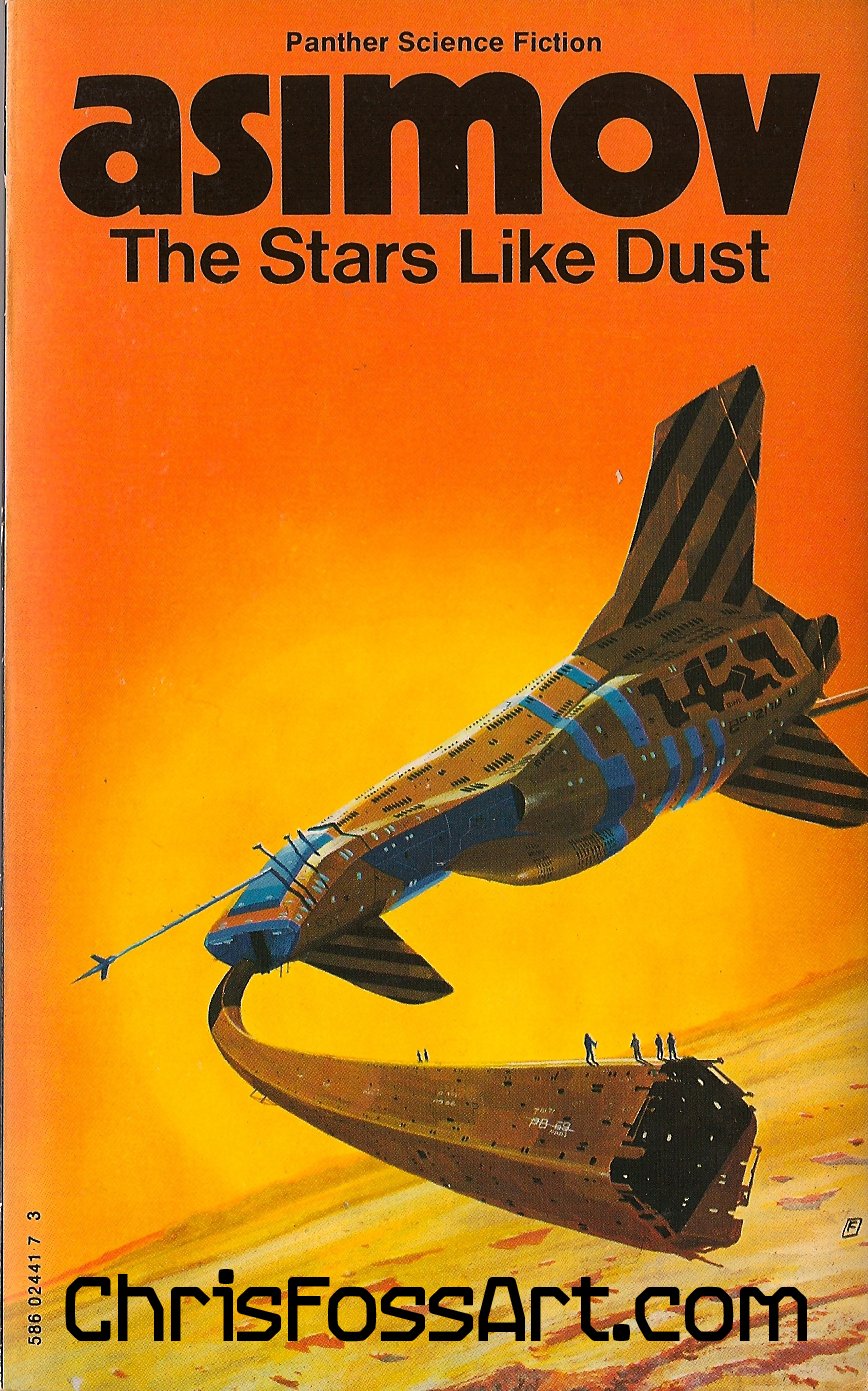
And this.

Lovely stuff, and I loved the psychedelic cover artwork as much as the stories inside the books.
I also was there during the paleolithic era of computer graphics, when memory and processor constraints meant that displays had pixels the size of house bricks and being able to display more than eight colours was considered to be the height of graphical sophistication. One of the most astounding games of the day, something which truly had my jaw on the floor the first time I beheld it on my much-loved Atari 8-bit system (already host to the best game of all time at that point in history, “Star Raiders”). The game was called “Rescue on Fractalus” (or “Behind Jaggi Lines” in the pre-release bootleg I had somehow managed to get my hands on). It looked like this:

Now of course to anyone in this day and age that looks rough as a badger’s arse, so it’s difficult to relay how astonishing it was for me and others back at that time. Game worlds back then were almost exclusively 2D affairs. Some more adventurous titles ventured into 3D but normally with nothing more than a few stars whizzing by and 2D sprites for enemies, a simple but effective formula used to great effect by the aforementioned Star Raiders. Here came Fractalus though and suddenly you weren’t just floating through sparse starfields any more; you could actually descend to a planet’s surface, see its jagged mountains rendered in solid 3D, and even fly between them and land on the surface, all at a frame rate that nearly approached being quite close to double figures. It was revolutionary, and I sunk many hours into that game even though at the end of the day there was a shockingly small amount of things to actually do there. You flew around, shot some turrets, picked up some dudes and fried some enemies, and once you’d seen one planet you’d seen them all. Pac Man had more advanced actual gameplay when it comes down to it. But that didn’t matter so much to me because it was just awesome to be actually looking out through the window on my spaceship, flying between those mountain peaks, landing and picking up dudes. On a 1MHz 8-bit system it was also a bloody miracle of programming, let me tell you.
The mountains and sky were even that Asimov orange, too. Provided you played it on the Atari, because the Commodore could only display 16 colours, and several of those were variants of “mud”.
Anyway. The years rolled by. I got older and smellier. Graphics evolved too, and eventually pixels got smaller, colour resolution got larger, and games usually no longer looked as rough as a badger’s arse except when done intentionally by ever increasing ranks of indie developers either looking for a nostalgia trip or, like me, unable to employ a proper artist and therefore using low res pixel graphics to excuse crappy programmer art. We came to expect our game worlds to look decent. Nice even.
Then one day a decade ago something happened for the first time, for me. I was playing “Oblivion” on the Xbox 360, riding along on my horse on a path overlooking the Imperial City, and it just looked so lovely I felt compelled just to stop, get off my horse and stand there for a while taking in the view. I think it marked some kind of transition for me, transforming the environment from just being a space where the action took place to… well, the kind of place that you actually want to just stop and gaze out at for a while because it’s beautiful. Somehow this new appreciation of the beauty of the game world made it feel more like you’d been there. And just like in real life when you go to a nice place, sometimes you feel like taking a picture or two to show your mates. I think the first game that turned me into a digital-world photographer was Skyrim, again thanks to Bethesda. I have no end of pictures taken, usually of the scenery and my minotaur companion.
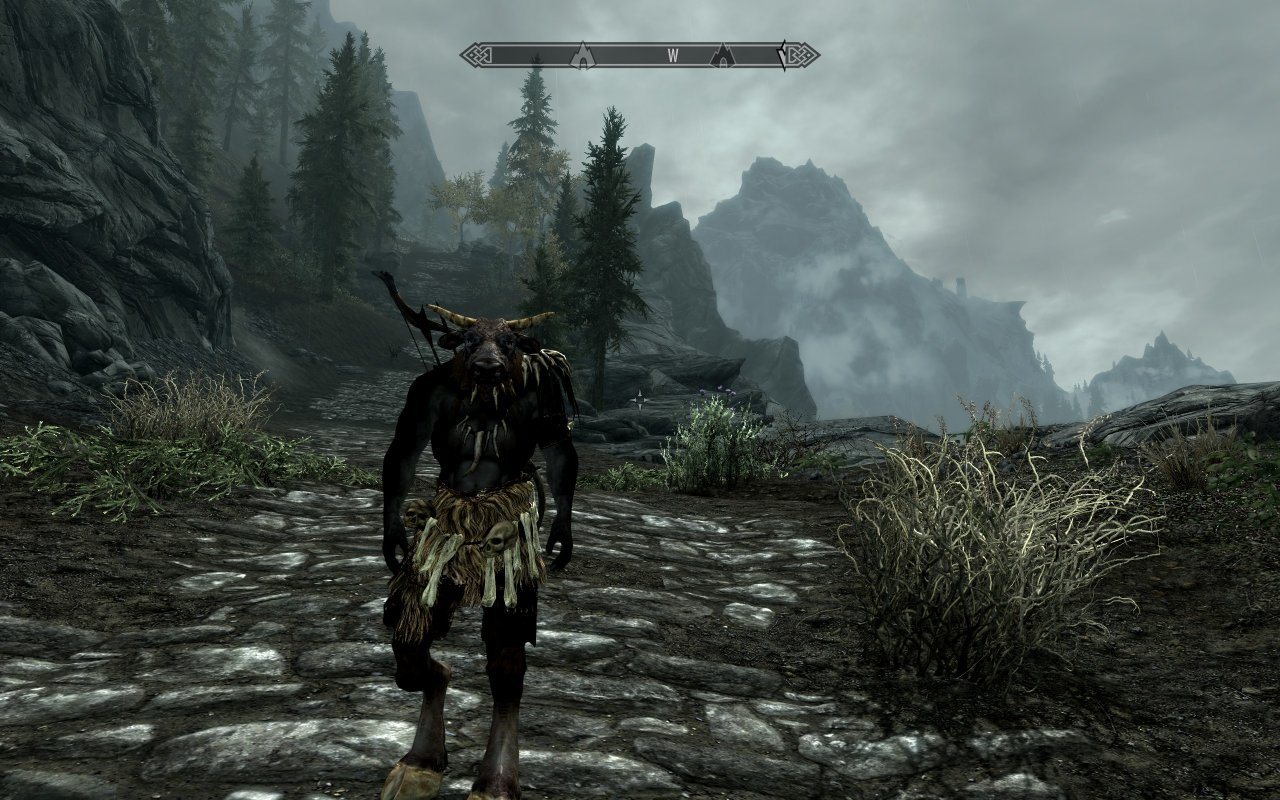
And to return to the subject at hand, nothing has had me getting my virtual camera out quite so much as No Man’s Sky. That is because one of the things they got absolutely, massively right in NMS is nailing that sci-fi book cover look absolutely perfectly. I mean check out that Asimov cover from earlier

and compare this view of a planet I was on a few nights ago.

The difference being, of course, that the second image isn’t one of some static artwork; that’s an actual place I can spend time in. I can climb those distant mountains if I want to. I can hike around looking for even more spectacular views and a lot of the time when I am playing NMS that is exactly what I am doing. It really is quite astonishing how well they have nailed the sci-fi artstyle. Sometimes I’ll just be stopped gawping at a particularly nice view and as if on cue a flight of sleek starships will perform a perfect flyover, leaving pastel contrails in the Raleigh Chopper purple sky. You could pretty much take any random frames from this game in play, slap an Asimov or Psygnosis logo on top and it’d look authentic. Making every second of your gameplay look like proper sci-fi art is pretty damn amazing. Photo-realistic it certainly isn’t but it was never intended to be. It does what they intended it to do gloriously well. I mean look at this stuff.

There’s that lovely Asimov orange again. Or perhaps you would prefer a more Roger Dean style of planet? Check out the lovely planet of God’s Cow:

Which would have looked lovely on the cover of a Yes album or some Amiga software box.
Some have said that they feel that there isn’t enough variety in the planet generation stuff, and indeed there are a few areas where I think it could be improved aesthetically – having poles with associated different climatic conditions might be nice, and planets would look a bit less samey from a distance if there were features more like the oceans and distinct continents of our own planet. I do think, however, that people perhaps underestimate how difficult it is to make procedural stuff that is both (a) nice looking and (b) widely variable. In a lot of proc stuff you tend to find that niceness occurs in fairly locally constrained clusters and that there are vast tracts of parameter space where things look at best rough and at worst fugly. The designers of the game had to work within certain constraints, throttling back the raw RNG and constraining the proc output so that the planets produced are at least reasonable-looking and also practical to get around on. Sure, you’ll probably go through times during gameplay where you see a few relatively barren rocks one after another, and some elements are common to all planets for reasons of gameplay (if the various mineral-providing features of each world were different everywhere you went it’d make for much slower gameplay having to scan and identify everything anew at each landing).
When you really look at them though there’s beauty and variety even on the bare, rocky worlds; for me part of the gameplay is looking for and finding that beauty in wherever I end up. The places themselves, and the near infinite variety in them (albeit subtle at times) is part of what keeps me playing this game every day. The bits of lore scattered throughout the planets are nice, and I enjoy coming across some monument or other and gently learning more about the history of the three races in the galaxy, learning bits of their languages, gradually expanding the capacity of my ship and exosuit and accumulating space quid by rinsing planets of vortex cubes and albumen pearls and woe betide any sentinels that come between me and my loot. That stuff’s ok, and certainly I would not complain if more of it is added later, reactivating some of the unused objects we see from time to time in the game, fleshing out the endless worlds with more of the kind of game structure that many people expected from the game in the first place.
For me though I suspect I’ll still keep on coming back even once I’m a space millionaire with the best ships and a flawless knowledge of all three cultures and their languages, simply because I’ve come to enjoy the places so much.

When I fire up the ps4 at the end of the day and climb in my ship I’m not so much off out there in search of space battles and galactic quid. It’s more like going out into the countryside for a walk. I want to find out what the sunsets are like on the next planet. Maybe I’ll even meet some cool beasts, or maybe it’ll be those ones that look like someone stuck bits of a lizard, a chicken and a cow together, and asshole crabs again. Whatever. Wherever I go I enjoy going for nice long walks, looking for the beauty in it, usually finding it too, even on at first unpromising planets. Even the bare rocky ones have their own beauty, and after a run of those it makes it even nicer when you come across somewhere lush and full of life where you just feel like chilling out for a good while before the next hyperjump takes you away.

In the end I’m not so much a galactic trader or a pirate or anything like that; I’m more of a space tourist hopping from system to system looking for the coolest sights, taking virtual pictures to send back to my mates in the real world. The simple core game loops are just a framework to hold everything gently together as I wander from planet to planet looking for the coolest mountains, the loveliest vista against which to park my ship and take a ship-selfie against the sunset. Most of my gameplay is as chilled and empty of structure as the act of going out for a wander in the woods after Sunday lunch. And that’s perfectly OK. A game doesn’t have to be absolutely ram-packed with missions and constant excitement to be relaxing and enjoyable. Sometimes even though you’ve rinsed all the story-context out of a game environment you keep on going back there simply because you like how the place feels. Trust me, I know, having played the same game of Animal Crossing for four years straight a few years ago (I only stopped when Chevre left because after all what is life without Chevre?). And what I’m ultimately getting out of NMS is just that, a nice comfortable place I can go to and enjoy nice walks and pretty sights for a little while before I go to bed.
Do I wish there was more to the traditional gameplay elements? Well yes, I do think it’d be cool to have more lore stuff in the world, more dynamic between the races involved, more of the kinds of things that all those moaning people complain about. But then again I wasn’t really expecting a huge amount of that stuff anyway – the impression I got of the game pre-launch is that it’d likely be something like European Truck Simulator set in a Roger Dean universe, and that’s pretty close to what we got. It’d certainly be nice if, having set the stage, HG now go on to fill things out with more trad gameplay things to help the game appeal to more people. Can’t say I’m that bothered about multiplayer to be honest, the last thing I’d want is griefers invading my nice peaceful galactic Sunday walk simulator.
People have also moaned about the price, and I guess if you bought it and the lack of a lot of structured gameplay upset you then it wasn’t fifty quid well spent (maybe don’t pre-order and wait to see some reviews before dropping that kind of loot next time?) but for me, judging by the number of hours played I think the only thing I have more time logged on is Skyrim, which also cost me £50. So I don’t begrudge them that, and in fact people shouldn’t be reluctant to set decent price points for stuff anyway or we’ll end up with a situation like the App Store where it’s all a radioactive waste of F2P and only a few lumbering monsters survive with everybody else dying an agonising death, and we don’t want that.
As for me I’ll doubtless be continuing to take my nightly excursions ere bed, looking for that perfect sunset, that weirdest beast. I bumped into the Flying Spaghetti Monster last night.

I was blessed by His Noodly Appendages.












